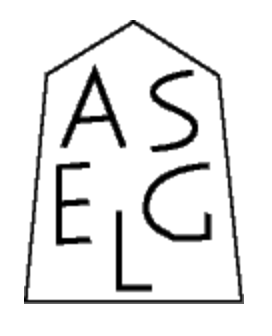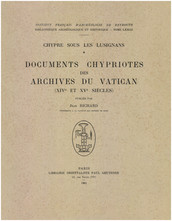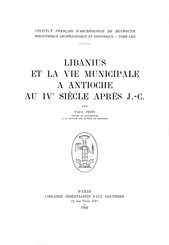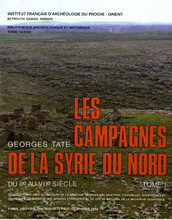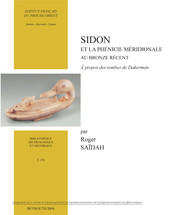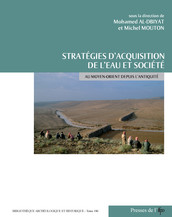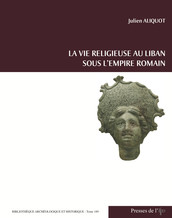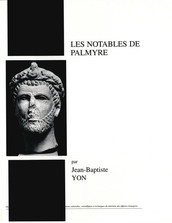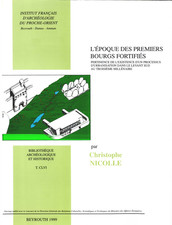ASGLE Bulletin
The American Society of Greek and Latin Epigraphy (Société americaine d'épigraphie grecque et latine) is a non-profit organization whose purpose is to further research in, and the teaching of, Greek and Latin epigraphy in North America. The Society fosters collaboration in the field and facilitates the exchange of scholarly research and discussion, both in the public forum and in published form. The Society is associated with L’Association Internationale d’Epigraphie grecque et latine (AIEGL).
ASGLE Bulletin 21.2 (December 2017) [Edited by Prof. Laura Gawlinski]
ASGLE Bulletin 21.1 (June 2017) [Edited by Prof. Laura Gawlinski]
ASGLE Bulletin 20.2 (November 2016) [Edited by Prof. Laura Gawlinski]
ASGLE Bulletin_20.1 (March 2016) [Edited by Prof. Laura Gawlinski]
ASGLE Bulletin 19.2 (November 2015) [Edited by Prof. Laura Gawlinski]
ASGLE Bulletin 19.1 (April 2015) [Edited by Prof. Laura Gawlinski]
ASGLE Bulletin 18.2 (November 2014)[Edited by Prof. Laura Gawlinski]
ASGLE Bulletin 18.1 (March 2014) [Edited by Prof. Laura Gawlinski]
ASGLE Bulletin 17.2 (November 2013) [Edited by Prof. Laura Gawlinski]
ASGLE Bulletin 17.1 (May 2013) [Edited by Prof. Laura Gawlinski]
ASGLE Bulletin 16.2 (October 2012) [Edited by Prof. Paul Iversen (Senior Editor), Prof. Laura Gawlinski (Junior Editor)]
ASGLE Bulletin 16.1 (April 2012) [Edited by Prof. Paul Iversen (Senior Editor), Prof. Laura Gawlinski (Junior Editor)]
ASGLE Bulletin 15.2 (October 2011) [Edited by Prof. Paul Iversen]
ASGLE Bulletin 15.1 (April 2011) [Edited by Prof. Paul Iversen]
ASGLE Bulletin 14.2 (November 2010) [Edited by Prof. Paul Iversen]
ASGLE Bulletin 14.1 (April 2010) [Edited by Prof. Paul Iversen]
ASGLE Bulletin 13.2 (October 2009) [Edited by Prof. Paul Iversen]
ASGLE Bulletin 13.1 (April 2009) [Edited by Prof. Paul Iversen]
ASGLE Bulletin 12.2 (October 2008) [Edited by Prof. Paul Iversen]
ASGLE Bulletin 12.1 (April 2008) [Edited by Prof. Paul Iversen]
ASGLE Bulletin 11.2 (October 2007) [Edited by Prof. Paul Iversen]
ASGLE Bulletin 11.1 (May 2007) [Edited by Prof. Paul Iversen]
ASGLE Bulletin 10.1-2 (2006) [Edited by Prof. Timothy Winters]
ASGLE Newsletter 9.1 (March 2005) [Edited by Prof. Timothy Winters]
ASGLE Newsletter 8.1-2 (2003) [Edited by Prof. Timothy Winters]
ASGLE Newsletter 7.2 (November 2003) [Edited by Prof. Timothy Winters]
ASGLE Newsletter 7.1 (May 2003) [Edited by Prof. Timothy Winters]
ASGLE Newsletter 6.2 (November 2002) [Edited by Prof. Timothy Winters]
ASGLE Newsletter 6.1 (May 2002) [Edited by Prof. Timothy Winters]
ASGLE Newsletter 5.2 (November 2001) [Edited by Prof. Timothy Winters]
ASGLE Newsletter 5.1 (May 2001) [Edited by Prof. Timothy Winters]
ASGLE Newsletter 4.2 (October 2000) [Edited by Prof. Timothy Winters]
ASGLE Newsletter 4.1 (January 2000) [Edited by Prof. Timothy Winters]
ASGLE Newsletter 3.1 (July 1999) [Edited by Prof. Timothy Winters]
ASGLE Newsletter 2.2 (December 1998)
ASGLE Newsletter 2.1 (July 1998)
ASGLE Newsletter 1.1 (November 1997)
See AWOL's full List of Open Access Journals in Ancient Studies
